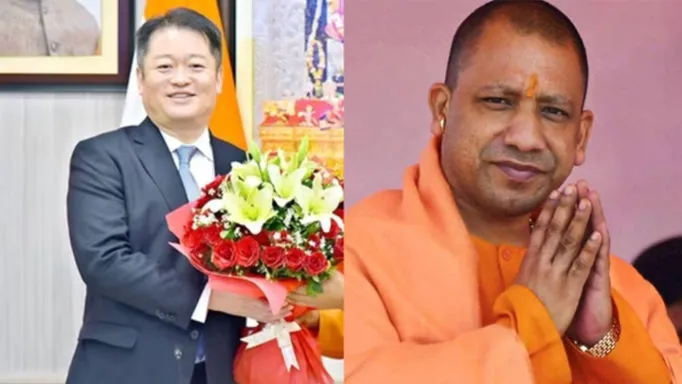This World Telecommunication and Information Society Day (WTISD), it is fitting to reflect on the remarkable journey of telecom expansion in India. The country now boasts a 99 percent 4G coverage footprint, with over 600,000 villages connected and approximately 442,000 5G Base Transceiver Stations (BTS), according to data from the Ministry of Communications.
The State-Owned Era: Pre-1990
India’s telecom story began in 1882 with the establishment of a manual telephone exchange in Kolkata. For decades, the sector was state-owned, with significant development occurring after the Department of Telecommunication (DoT) was separated from the Indian Post and Telecommunication Department in 1985. DoT became the primary agency for telecom services across India until 1986, when MTNL and VSNL were established to manage telecom operations in metro cities like Delhi and Mumbai, and international long-distance operations, respectively.
Advent of Private Players: 1990-2000
The second phase of India’s telecom evolution began in the 1990s with the entry of private players. Cellular services were first launched in Kolkata in 1995. This era also saw the formation of the Telecom Regulatory Authority of India (TRAI) in 1997 to ensure a fair environment for operators and subscribers. In 2000, the Telecom Dispute Settlement and Appellate Tribunal (TDSAT) was established to resolve disputes within the industry.
Liberalization and Growth: 2000 to Present
The new millennium marked the beginning of significant liberalization in the telecom sector. The government issued more licenses with reduced fees, although this period was marred by controversies, including the cancellation of 122 telecom licenses by the Supreme Court. Despite these challenges, the sector experienced phenomenal growth with the 2G revolution in 2005, significantly increasing mobile connections. The Foreign Direct Investment (FDI) limit in telecom was raised from 49% to 74%.
The introduction of 3G in 2008 and 4G in 2012 further transformed the market, enabling mobile advertising, commerce, video calling, streaming, full movie downloads, live TV, and multiplayer gaming. Today, India is a global leader in 5G adoption and is preparing for 6G, with commercial deployment expected around 2030.
Industry Leaders on India’s Telecom Future
Lt Gen. Dr. SP Kochhar, Director General of COAI, commented on the advancements, highlighting the potential for improved energy efficiency in both 5G and future 6G networks. He emphasized the industry’s move towards green telecom networks focusing on energy-efficient operations, carbon emission reductions, and renewable energy sources.
Anku Jain, MD of MediaTek India, praised India’s strong focus on innovation and inclusive growth in its telecom journey. With rapid growth in subscribers, India has become a hub for mobile phone manufacturing, housing the world’s largest mobile manufacturing unit by Samsung and the second largest by Apple.
Tarun Chhabra, Country Manager of Nokia India, noted that India is on the verge of a digital revolution, driven by pioneering initiatives in AI and steps towards establishing 6G leadership.
With the ongoing integration of AI and continuous innovation, India’s telecom sector is poised for sustained growth. The nation’s journey from 4G dominance to the forefront of 5G and the impending 6G era underscores its commitment to technological advancements and digital transformation.














